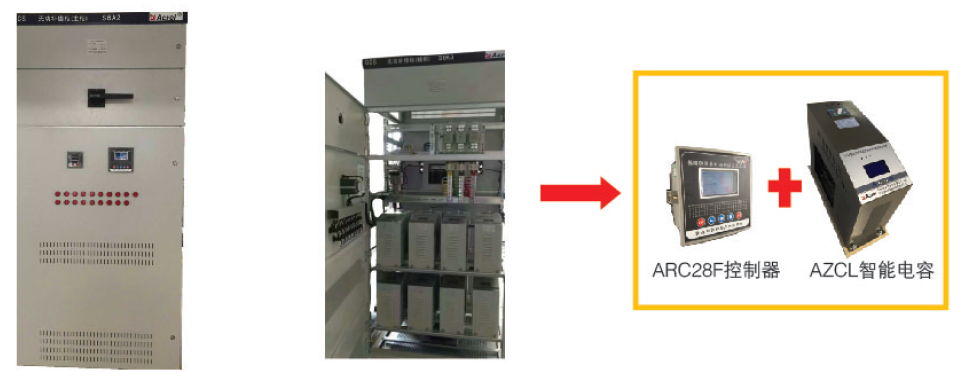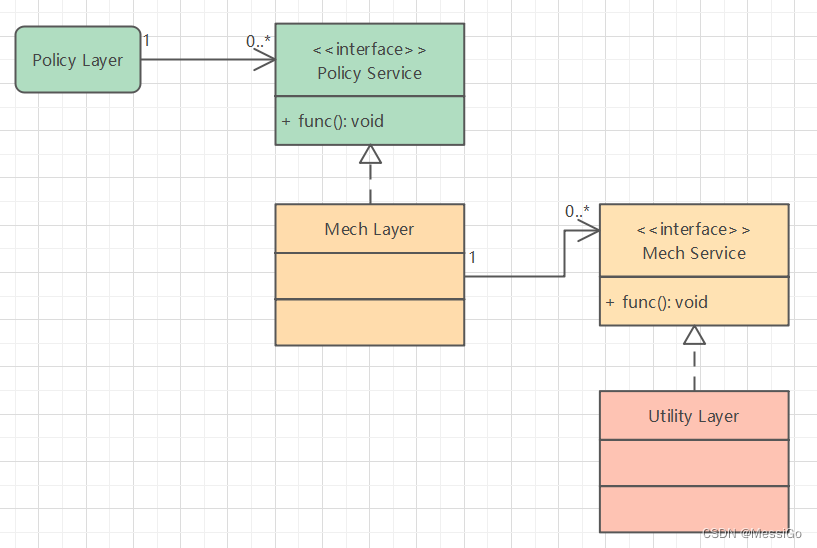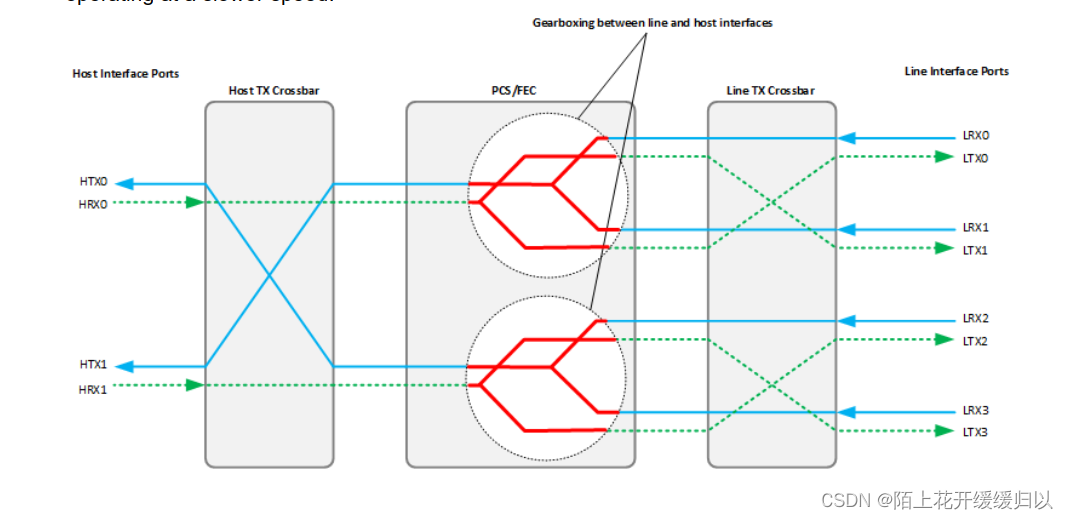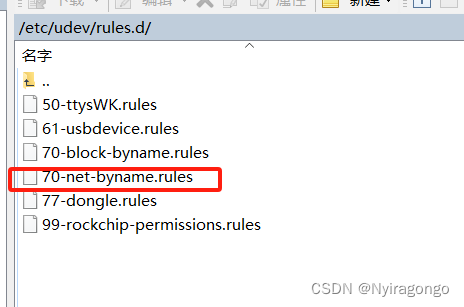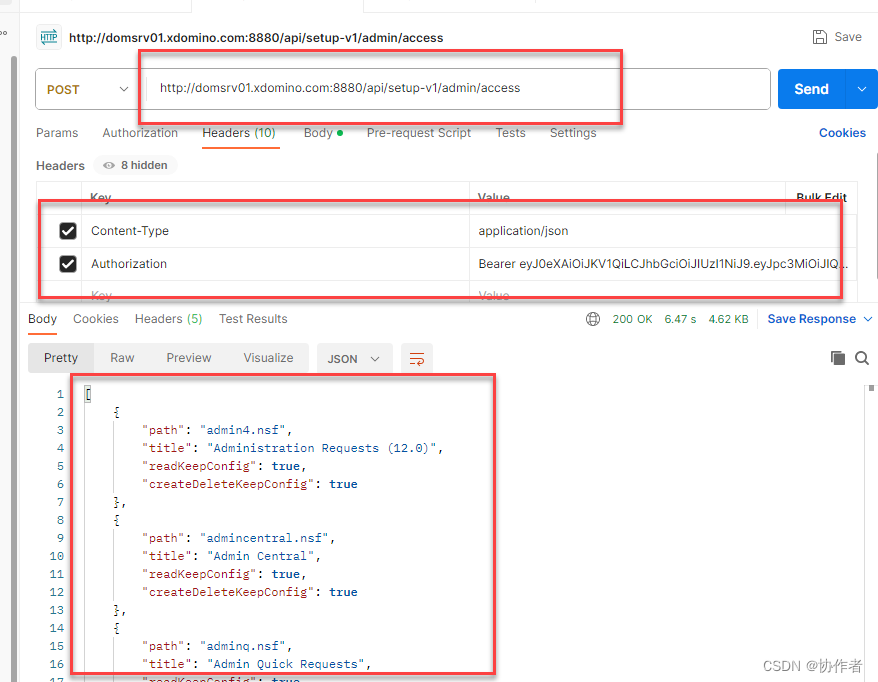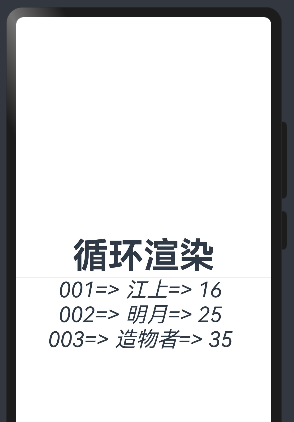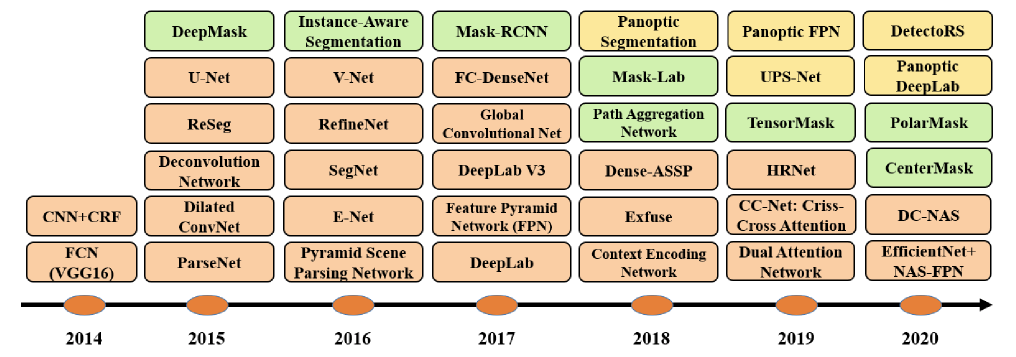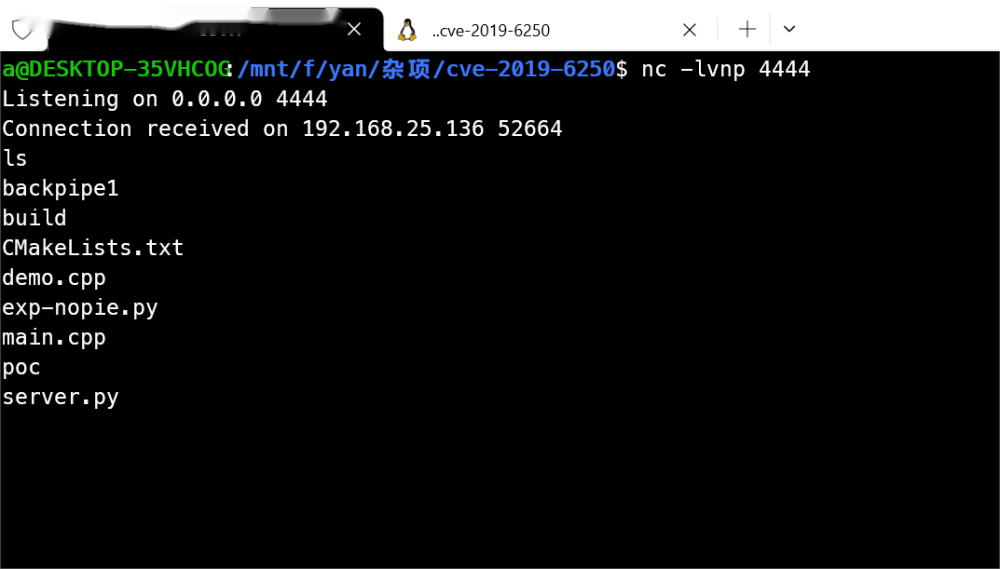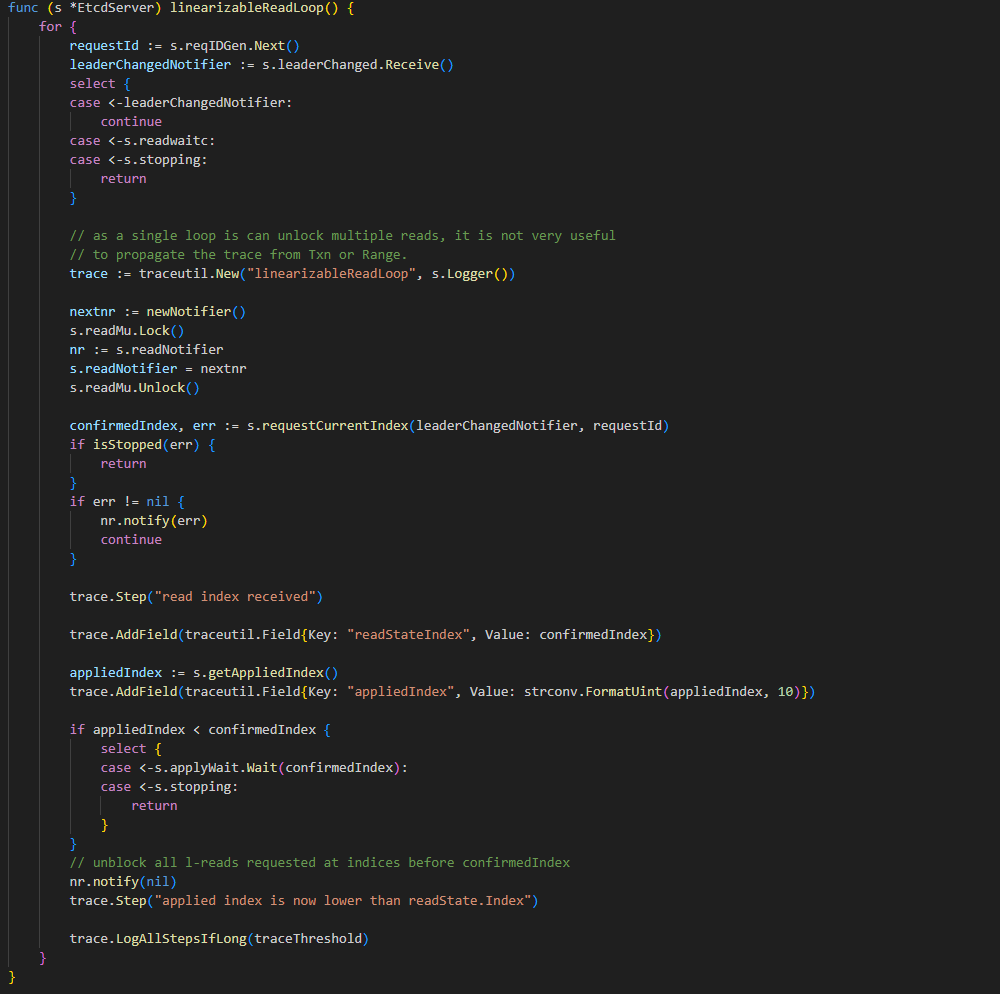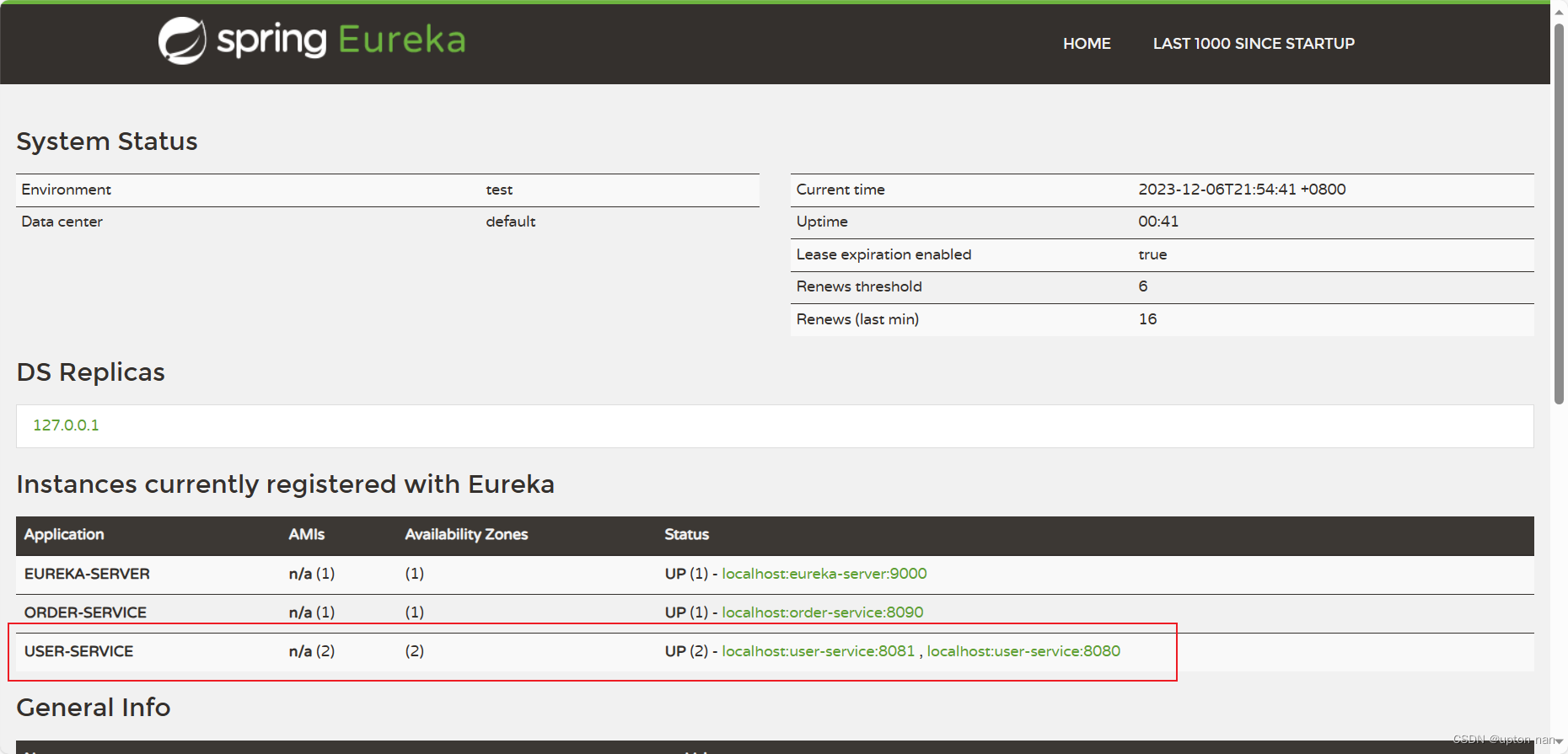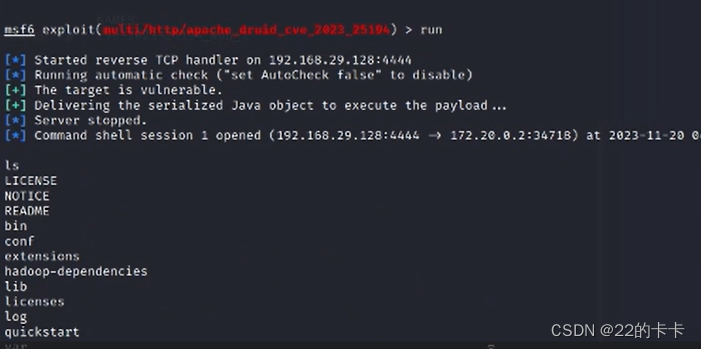一直想深入的研究一下,并手写平衡二叉树的插入、删除代码。
二叉树是动态查找的典范,但在极限情况下,二叉树的查找效果等同于链表,而平衡二叉树可以完美的达到 log 2 n \log_2 n log2n。
AVL简称平衡二叉树,缩写为BBST,由苏联数学家 Adelse-Velskil 和 Landis 在 1962 年提出。
例子:
将17,9,2,12,14,26,33,15,40,23,25一次插入到一棵初始化为空的AVL树中,画出该二叉平衡树。
解:过程和结果如下图所示。
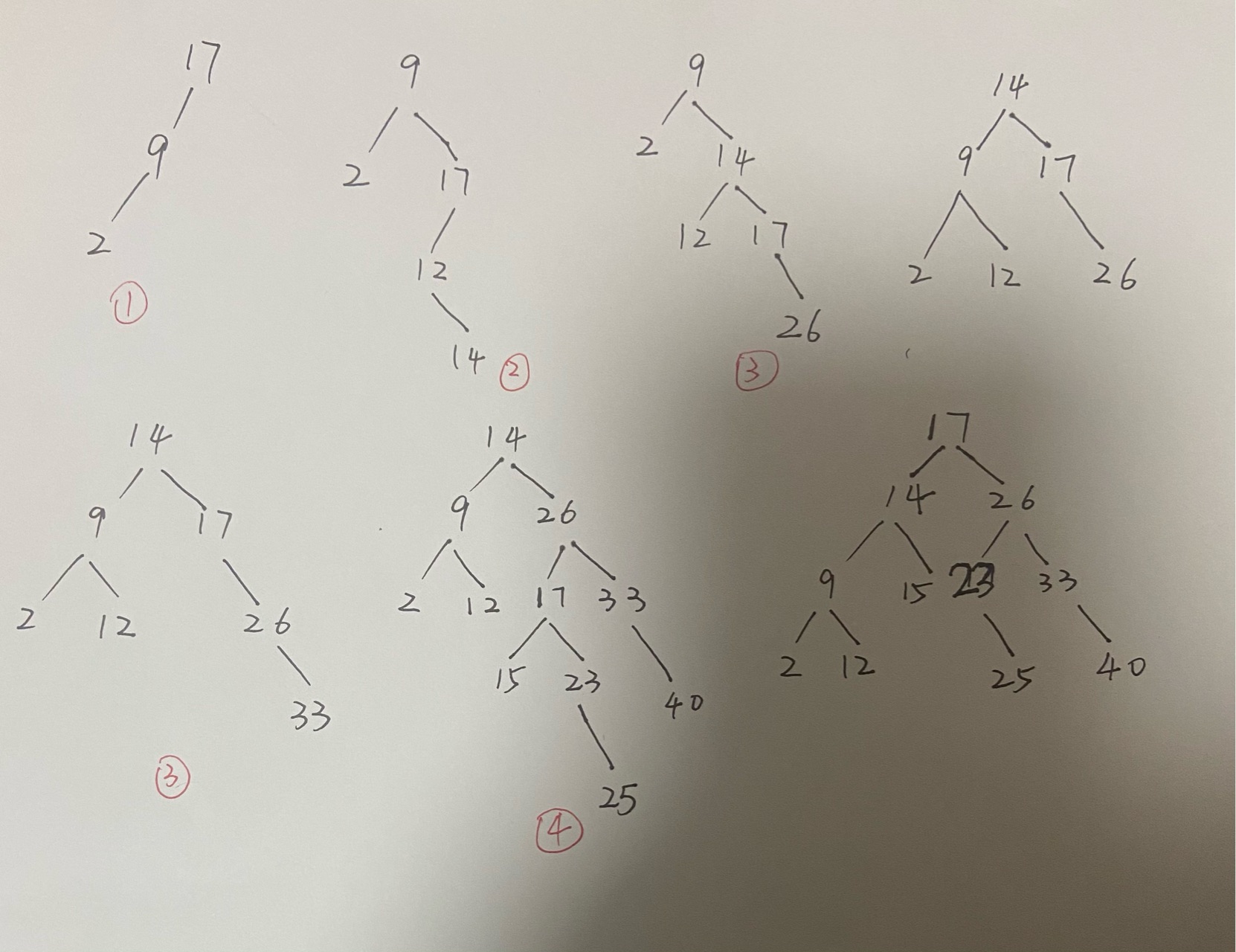
所谓平衡二叉树,就是指二叉树的左、右子树的深度差不超过2。每当超过时,需要对二叉树的失衡节点进行平衡。
BBST用两个整数来表示左右子树的深度,前面一个表示左子树的层数,右边一个代表右子树的层数。
调整时,首先需要找到要平衡的节点。找到调整节点后,处理的方法有4种:
上图中圆标号1的是左-左结构,标号2的是左-右结构,标号3的是右-右,标号4的是右-左结构,这4种结构的处理方式各有不同。
- 左-左结构,即(2,1)结构
中间节点当作父节点,最上面的节点当作右节点,最下边节点当作左节点
- 左-右结构,即(2,-1)结构
最下面节点当作父节点,父节点当作右节点,中间节点当作左节点
- 右-右结构,即(-2,-1)结构
中间节点当作父节点,最上面的节点当作左节点,最下边节点当作右节点
- 右-左结构,即(-2,1)结构
最下面节点当作父节点,最上面节点当作左节点,中间节点当作右节点
编程中,计算左、右子树深度的代码如下:
int deep(BBST* b) {
if (b == 0)
{
return 0;
}
int ld = deep(b->lchild);
int rd = deep(b->rchild) ;
return ld > rd ? ld + 1 : rd + 1;
}
有了上面的理论和编程基础,我们可以慢慢的调试并手动写出平衡二叉树的插入代码:
int BBSTree::insert(ELEMENT* e) {
if (mTree == 0)
{
mTree = newnode(e);
mSize = 1;
return 1;
}
BBST* t = mTree;
BBST* tc = 0;
Stack s;
ELEMENT elem;
while (1) {
if (e->e == t->data.e) {
return 0;
}
else if (e->e > t->data.e)
{
if (t->rchild == 0)
{
tc = newnode(e);
tc->parent = t;
t->rchild = tc;
mSize++;
break;
}
else {
elem.e = (unsigned long long)t;
s.push((ELEMENT*)&elem);
t = t->rchild;
}
}
else {
if (t->lchild == 0)
{
tc = newnode(e);
tc->parent = t;
t->lchild = tc;
mSize++;
break;
}
else {
elem.e = (unsigned long long)t;
s.push((ELEMENT*)&elem);
t = t->lchild;
}
}
}
while (s.isEmpty() == 0) {
s.pop(&elem);
BBST* b = (BBST*)elem.e;
b->ld = deep(b->lchild);
b->rd = deep(b->rchild);
t->ld = deep(t->lchild);
t->rd = deep(t->rchild);
int high_diff = b->ld - b->rd;
int low_diff = t->ld - t->rd;
if(high_diff == 2 && low_diff == 1)
{
BBST* f = (BBST*)b->parent;
if (f&&f->lchild == b)
{
f->lchild = t;
}
else if (f&&f->rchild == b)
{
f->rchild = t;
}
BBST* old_tr = t->rchild;
t->rchild = b;
b->parent = t;
t->parent = f;
b->rchild = old_tr;
}
else if (high_diff == 2 && low_diff == -1)
{
BBST* f = (BBST*)b->parent;
if (f->lchild == b)
{
f->lchild = tc;
}
else if (f->rchild == b)
{
f->rchild = tc;
}
BBST* ltmp = t;
while (ltmp->rchild)
{
ltmp = ltmp->rchild;
}
tc->lchild->parent = ltmp->rchild;
ltmp->rchild = tc->lchild;
BBST* rtmp = b;
while (rtmp->lchild)
{
rtmp = rtmp->lchild;
}
tc->rchild->parent = rtmp->lchild;
rtmp->lchild = tc->rchild;
tc->rchild = b;
tc->lchild = t;
b->parent = tc;
t->parent = tc;
tc->parent = f;
}
else if (high_diff == -2 && low_diff == 1)
{
BBST* f = (BBST*)b->parent;
if (f&&f->lchild == b)
{
f->lchild = tc;
}
else if (f&&f->rchild == b)
{
f->rchild = tc;
}
BBST* rtmp = b;
while (rtmp && rtmp->rchild)
{
rtmp = rtmp->rchild;
}
tc->lchild->parent = rtmp->rchild;
rtmp->rchild = tc->lchild;
BBST* ltmp = t;
while (ltmp && ltmp->lchild)
{
ltmp = ltmp->lchild;
}
tc->rchild->parent = ltmp->lchild;
ltmp->lchild = tc->rchild;
tc->rchild = t;
tc->lchild = b;
b->parent = tc;
t->parent = tc;
tc->parent = f;
}
else if (high_diff == -2 && low_diff == -1)
{
BBST* f = (BBST*)b->parent;
if (f && f->lchild == b)
{
f->lchild = t;
}
else if (f && f->rchild == b)
{
f->rchild = t;
}
BBST* old_tl = t->lchild;
t->lchild = b;
b->parent = t;
t->parent = f;
b->lchild = old_tl;
}
tc = t;
t = b;
}
return 0;
}
完整代码地址:
https://github.com/satadriver/dataStruct
![[Mac软件]HitPaw Photo Object Remover Mac v1.2.1 Ai智能去水印工具图像物体移除](https://img-blog.csdnimg.cn/direct/02e2dd29aa01409db30ed759e62c56c2.png)


